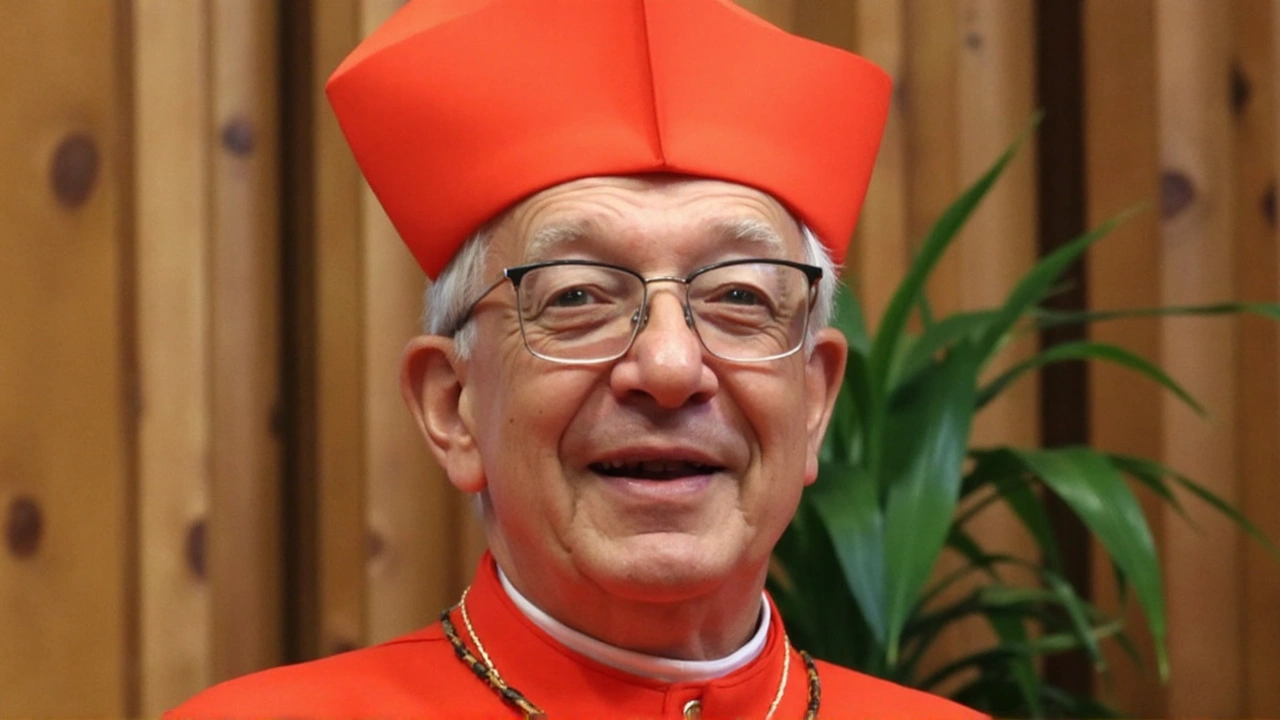Catholic Church Diversity: Embracing Unity in Variety
The Catholic Church is one of the largest religious communities globally, yet it’s far from a one-size-fits-all group. Across countries and cultures, you’ll find Catholics practicing their faith with unique customs, languages, and traditions. This diversity is a powerful example of the Church’s ability to connect different people under shared beliefs while respecting cultural differences.
When you think about the Catholic Church, your mind might jump straight to the same rituals or the Vatican. But did you know that Catholic communities in Africa, Asia, Europe, and the Americas celebrate mass and religious events in ways that reflect their local customs? These variations help people relate to their faith in a more personal and meaningful way.
How Culture Shapes Catholic Practice
Cultural diversity within the Church means that the same core beliefs adapt to fit local traditions. For example, some African Catholic communities incorporate vibrant music and dance into their worship, while Latin American Catholics might celebrate with colorful festivals like the Day of the Dead or elaborate processions during Holy Week. These cultural elements make worship engaging and relevant to everyday life.
Language also plays a big role. The Mass is celebrated in thousands of languages around the world, allowing congregants to worship in their native tongue. This inclusion breaks down barriers and makes the experience accessible. It’s an example of how the Church balances universal doctrine with local identity.
Challenges and Opportunities in Catholic Diversity
Of course, embracing diversity isn’t without its challenges. Sometimes cultural practices raise questions or tensions about what fits within Church teachings. The leadership continuously works to encourage unity without erasing the rich variety that members bring. This ongoing dialogue helps the Church grow and stay connected to its followers.
In a world where differences can divide, the Catholic Church’s approach to diversity offers a model for inclusion. It’s a community where faith bonds people across borders and traditions, proving that variety doesn’t have to mean division. Instead, it shows the strength found when diverse cultures come together in shared belief.
So whether you attend a small rural parish in South Africa or a bustling church in Rome, the Catholic Church’s diverse practices remind us how faith can be both personal and universal, shaped by the people but united in purpose.
